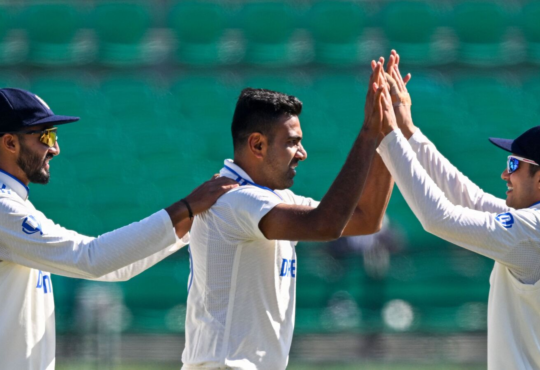English speakers are very much India’s elite, and their proportion may be shrinking, new data on the demographic profile of English language speakers in India suggests.
The 2011 Census showed English is the primary language—mother tongue—of 256,000 people, the second language of 83 million people, and the third language of another 46 million people, making it the second-most widely spoken language after Hindi (which includes more than 50 so-called dialects like Bhojpuri which is spoken by more than 50 million Indians).
528 million speak Hindi as a first language. It is both the most widely spoken first as well as second language in India, while English is just the 44th most widely spoken first language even though it is the second-most widely spoken second language.
It is also the only language which more speakers use as their second language than first language, pointing to its growing value in work environments and its role as a bridge language.
Little more is known yet from census data about who India’s English speakers are, but a large, nationally representative sample survey conducted by Lok Foundation and Oxford University, administered by the Centre for Monitoring Indian Economy earlier this year, offers some insights. The survey finds that just 6% of respondents said they could speak English, less that what the 2011 census showed. Between mother tongue, second and third language, the 2011 census records that over 10% of Indians reported being able to speak some English.
According to the Lok Foundation survey, English is far more an urban than a rural phenomenon; just 3% of rural respondents said that they could speak English, as against 12% of urban respondents. There is a clear class element at work—41% of the rich could speak English as against less than 2% of the poor.
Speaking English is also linked to education—a third of all graduates could speak English.
The ability to speak English has strong religious and caste dimensions. More than 15% of Christians can speak English, as against 6% of Hindus and 4% of Muslims.
An upper-caste person is more than three times likely to speak English than someone from the scheduled castes or scheduled tribes.
Knowledge of English also has a gendered dimension: a higher proportion of men said that they could speak in English.
Marginally more younger people spoke English than older people.
Despite the common perception that more people in southern India speak English as a bridge language (rather than Hindi), a higher share of residents of several northern and north-eastern states speak English than in the south.
The likelihood of speaking English seems linked with a state’s prosperity (Delhi, Haryana) and the presence of Christianity (Goa, Meghalaya).
One notable exception is Assam, which, despite having low levels of income and limited presence of Christianity, has a relatively high proportion of English speakers.
The Lok Foundation survey pegs the share of bilingual Indians at 37.5%, far higher than the census does (at just 20%), owing to a looser definition of language (not grouped by dialect), and the share of trilinguals and more at another 11%.
The southern states are no more likely to be bilingual than the northern states. Among the 10 most spoken languages, native speakers of Hindi are least likely to be multilingual, according to the 2011 Census.
The most multilingual native speakers are Marathis and Gujaratis—both states have a high proportion of people who speak Hindi—as well as native Urdu speakers, who are likely to be relatively more geographically dispersed.
Rukmini S. is a Chennai-based journalist.
Milestone Alert! Livemint tops charts as the fastest growing news website in the world 🌏 Click here to know more.
Unlock a world of Benefits! From insightful newsletters to real-time stock tracking, breaking news and a personalized newsfeed – it’s all here, just a click away! Login Now!
Download the Mint app and read premium stories
Log in to our website to save your bookmarks. It’ll just take a moment.
You are just one step away from creating your watchlist!
Oops! Looks like you have exceeded the limit to bookmark the image. Remove some to bookmark this image.
Your session has expired, please login again.
You are now subscribed to our newsletters. In case you can’t find any email from our side, please check the spam folder.
This is a subscriber only feature Subscribe Now to get daily updates on WhatsApp







